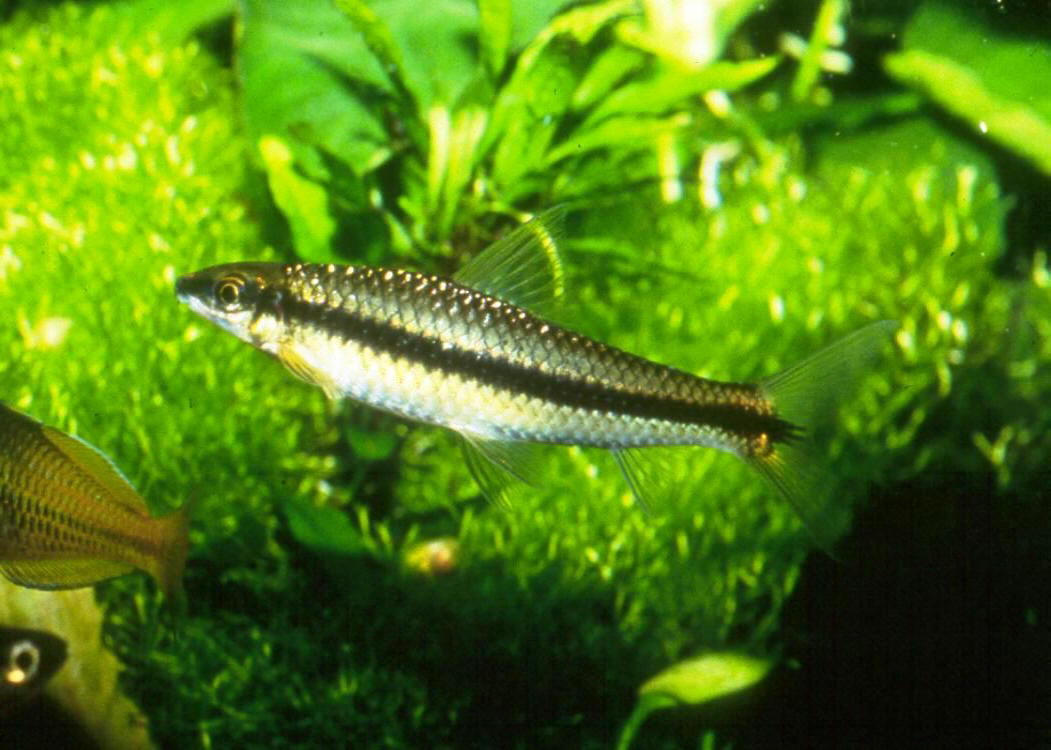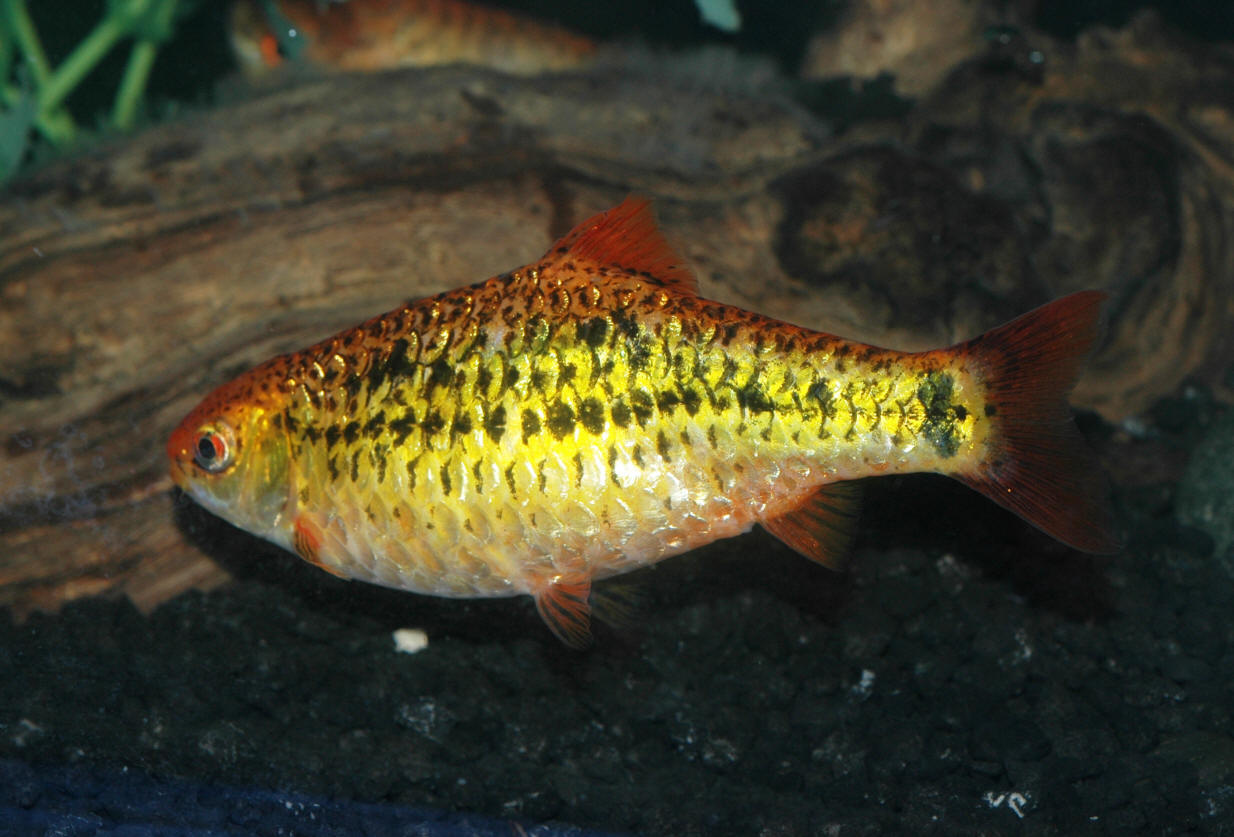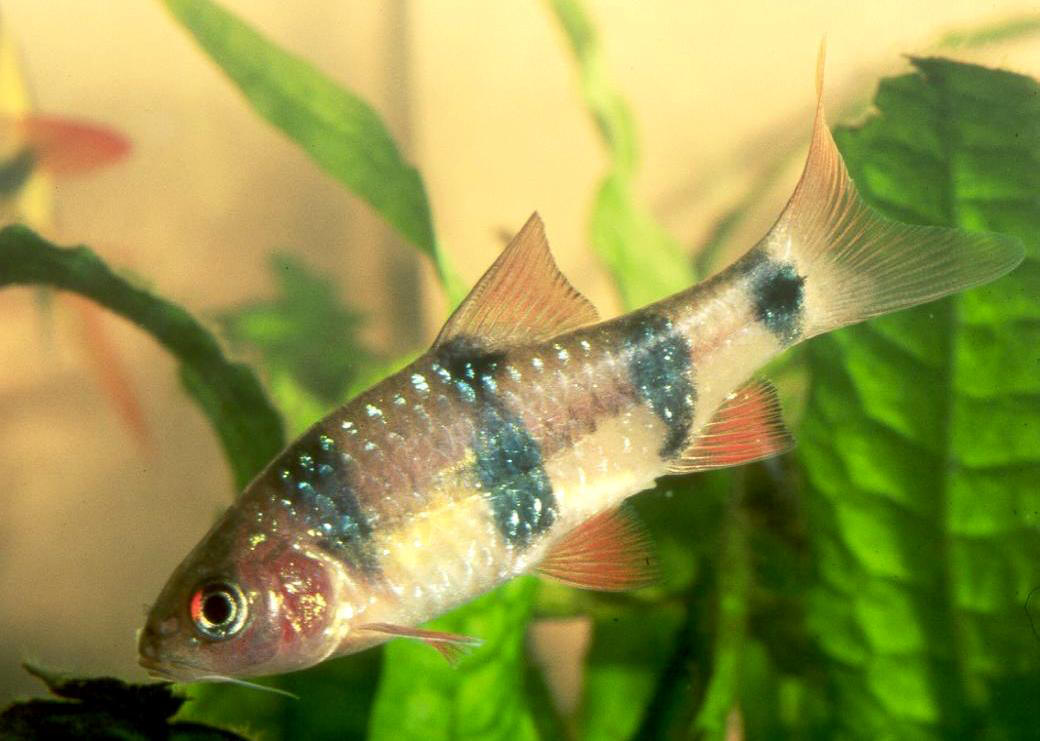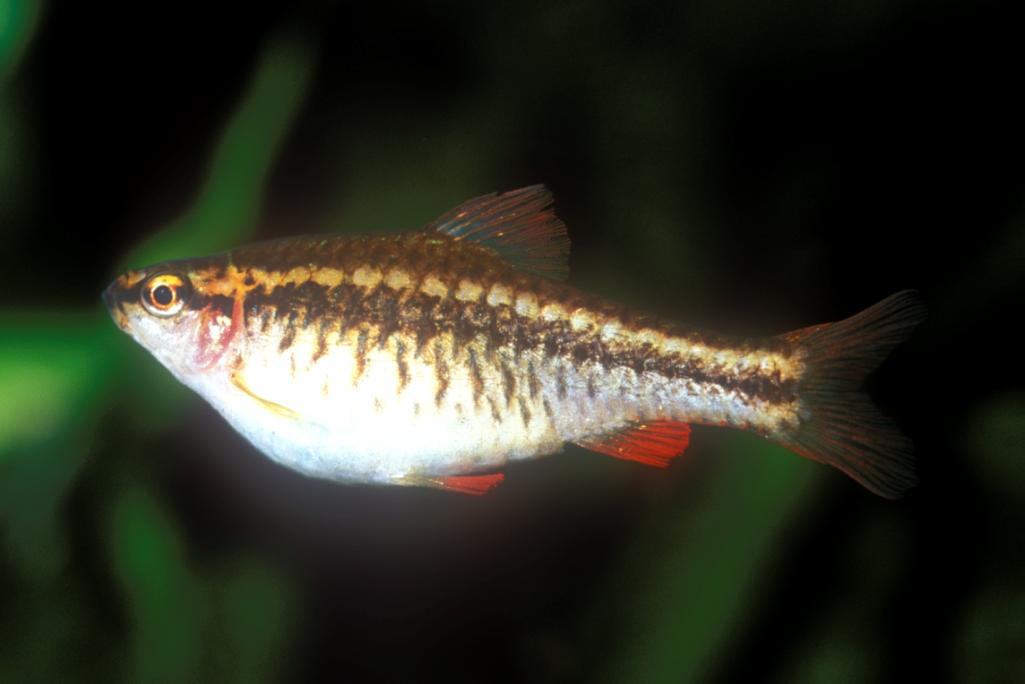|
Freshwater Desktop Pix FULL
SIZE
(For personal use only: NOT public
domain)
(Mmm, right click, add, set as background...)
Archive 32
To: Today's FW Pic, FW
Archive 1, FW Archive 2,
FW Archive 3,
FW Archive 4,
FW Archive
5, FW
Archive 6, FW
Archive 7, FW
Archive 8, FW
Archive 9, FW Archive 11,
FW Archive
12, FW
Archive 13, FW Archive 14,
FW Archive
15, FW
Archive 16, FW Archive 17,
FW Archive
18, FW
Archive 19, FW Archive 20,
FW Archive
21, FW
Archive 22, FW Archive 23,
FW Archive
24, FW
Archive 25, FW Archive 26,
FW Archive 27, FW Archive 28, FW
Archive 29, FW Archive 30,
FW Archive 31, FW Archive 33, FW
Archive 34, FW Archive 35,
FW Archive 36, FW Archive 37, FW
Archive 38, FW Archive 39,
FW Archive 40, FW Archive 41, FW
Archive 42, FW Archive 43,
FW Archive 44, FW Archive 45,
|
 |
| Crossocheilus, are the SAEs. For contrast/differentiation with the
flying fox the true SAE (C. siamensis (Smith, 1931)) has 1)
A zig-zag uneven appearance along the upper edge of their dark body
band, 2) The horizontal bar extends onto and through the middle of
their caudal fin, 3) Its dorsal surface appears cross-hatched due
to the dark margins around each scale, 4) The fins are almost
colorless except for the aforementioned caudal ribbing. |
|

|
| Puntius sachsii (Ahl 1923), the Gold, or
Goldfinned Barb. Southeast Asia. To a little over three inches in
length. Aquarium photo. |
 |
| Puntius pentazona (Boulenger 1894), the
Five Band Barb. Asia; Malay Archipelago to Indonesia. To three and
a half inches in length. A hardy, semi-peaceful member
of the Barb group. |
 |
| Puntius titteya Deraniyalgala 1929, the
Cherry Barb. A peaceful, small beauty. To two and a half inches at
maximum length. A chubby individual in an aquarium
setting. |
|
|

